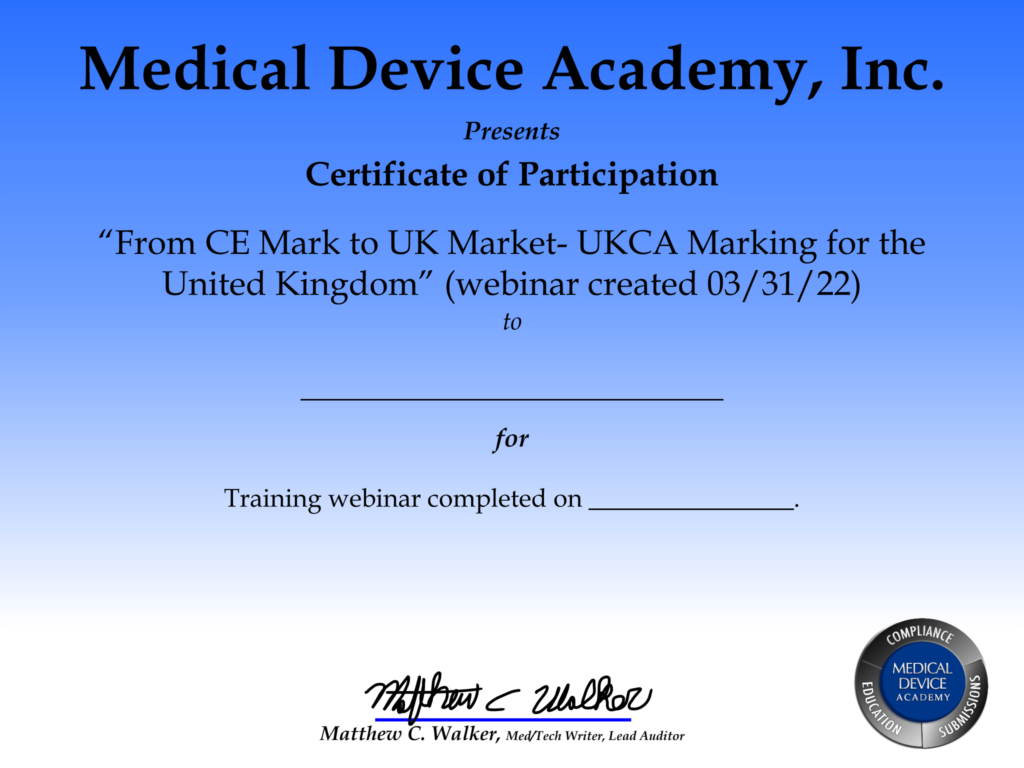IEC 60601-1 Definition of Patient Applied Parts

This article reviews the IEC 60601-1 definition of patient applied parts for medical electrical equipment. It includes examples, as well.
Classification of medical electrical devices was discussed in a previous blog (http://bit.ly/IEC60601-FAQ). At the same time, this article focuses on APPLIED PARTS—one portion of the “Protection Against Electric shock” classification in sub-clause 6.2 of IEC 60601-1. ALL CAPITAL LETTERS identifies a defined term for the IEC 60601 series of standards within this blog.
All clause references in this blog are to both IEC 60601-1:2005 (3rd edition) and IEC 60601-1:2005 (3rd edition) + Amendment 1:2012 (http://bit.ly/IEC60601-1am1), or the consolidated version IEC 60601-1:2012 ed. 3.1, but the actual text comes from edition 3.1 (http://bit.ly/IEC60601Consolidated).
Definition
To understand what an APPLIED PART is, we first need to understand its definition. Sub-clause 3.8 states that an APPLIED PART is “part of ME EQUIPMENT that in NORMAL USE necessarily comes into physical contact with the PATIENT for ME EQUIPMENT or an ME SYSTEM to perform its function.”
Examples
An APPLIED PART can be a blood pressure cuff or a SpO2 sensor of a multi-parameter monitor, the tabletop of an MRI, and many other parts of ME EQUIPMENT that manufacturers intend to come into contact with a PATIENT during NORMAL USE.
Electrical-medical devices can have different types of APPLIED PARTS or more than one of the same type (e.g., multi-parameter monitors frequently have temperature sensors, and blood pressure monitoring components in the base configuration and other APPLIED PARTS can be added). As discussed in the previous blog (http://bit.ly/IEC60601-FAQ), APPLIED PARTS can have six different classifications: TYPE B, BF, or CF (and each can be DEFIBRILLATION PROOF). Each of these classifications also has an associated symbol.
The requirements for an APPLIED PART are more stringent because it has to be assumed that the PATIENT’s immune system is depressed. So, the probability of HARM is increased for a sick PATIENT, rather than for a healthy OPERATOR. Therefore, the standard aims to reduce the severity of HARM by requiring more stringent limits upon LEAKAGE CURRENTS. The computer equipment standard (IEC 60950-1 Information Technology Equipment Standard) applying to your home or business computer allows for higher limits for LEAKAGE CURRENTS because the computer equipment standard assumes the user is healthy—just like medical equipment operators.
The level of HARM to a PATIENT by an APPLIED PART can be adversely affected if a PATIENT is not conscious (e.g., during general anesthesia), because the PATIENT may be unable to react while they are unconscious. Therefore, understanding a device’s intended use (i.e., what the device is intended to do), and indications for use (i.e., the environment of use, part of the anatomy and intended population), is critical when you are conducting RISK ANALYSIS and USABILITY ANALYSIS of a device.
Three Notes About the IEC 60601-1 Definition of Patient Applied Parts
There are three (3) notes associated with the definition of APPLIED PART:
- Sample figures that show APPLIED PARTS in different system configurations
- Parts of the device that are not APPLIED PARTS, but in NORMAL USE necessarily come into physical contact with the PATIENT, shall be treated as APPLIED PARTS, but is not allowed to be marked as an APPLIED PART; and
- The associated term PATIENT CONNECTION
The sample figures related to the first note, Figures 3 & 4 and figures A.1 to A.7 of Annex A, show APPLIED PARTS in different system configurations. These figures provide guidance and a rationale for why and what is happening. The second note is important because any part that necessarily comes into physical contact with the PATIENT, for the equipment to perform its function, will also need to be tested as if it were an APPLIED PART. Still, it will not be allowed to be marked as such. The third note regarding PATIENT CONNECTION, in sub-clause 3.78 & Annex A for 3.78, is the part of the APPLIED PART that is intended to contact the PATIENT that current flows through. The next blog will review all three notes in greater detail.
If you need help with the IEC 60601 series of Standards, email Leo Eisner (http://bit.ly/ConnectwithLeo) directly at Leo@EisnerSafety.com, or call Leo at +1-(503)-244-6151. He is the owner and founder of Eisner Safety Consultants (http://bit.ly/LeoEisner).
IEC 60601-1 Definition of Patient Applied Parts Read More »














